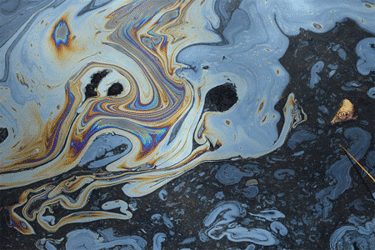As U.S. EPA Pressures Train Company To Clean Derailment Waste, Contaminated Liquid Poses Problems


After a disastrous train derailment in Ohio last month, it was immediately clear that the environmental ramifications would be challenging, to say the least. But in the weeks following the incident, it’s now apparent that handling the wastewater fallout of such an event is a monumental task.
Eleven train cars carrying hazardous chemicals were involved in the crash in East Palestine, Ohio, releasing the contaminants into the air and creating a large plume of contamination in the Ohio River. Though officials have assured consumers that their public water is safe to drink, proper treatment and disposal of the resulting wastewater has been a priority.
Many have pointed to Norfolk Southern, the company whose train was involved in the derailment, to lead the efforts.
“From day one I’ve made the commitment that Norfolk Southern is going to remediate the site,” CEO Alan Shaw said, according to CNN. “We’re going to do it through continuous long-term air and water monitoring… Within an hour we had air testing in place and about an hour after that we had water testing in place.”
Recognizing the gravity of the environmental concern, the U.S. EPA quickly stepped in to ensure Shaw’s company followed through. The agency issued an administrative order requiring Norfolk Southern to clean up contaminated soil and water.
“The order … invokes one of the EPA’s most significant authorities under the Comprehensive Environmental Response, Compensation and Liability Act (CERCLA): potential fines of as much as $67,544 for each day the company willfully violates or refuses to comply,” Bloomberg Law reported, noting that 1.5 million gallons of contaminated water had already been collected by Norfolk Southern. “The EPA order might also be a significant factor if, years from now, the community decides it wants the contaminated area elevated to the Superfund National Priorities List.”
But despite the EPA pressure, properly disposing of so much hazardous liquid is proving to be a challenge. Federal authorities recently had to halt the shipment of contaminated waste from the site as they searched for a facility that could process it.
“Liquid waste already trucked out of East Palestine would be disposed of at a licensed hazardous waste treatment and disposal facility in Texas, but that facility would not accept more liquid waste,” per the Associated Press.
As cleanup efforts continued, officials added to the 100,000-plus gallons of liquid waste being stored on site in Ohio. Finding a treatment facility that is capable of handling so much toxic wastewater is just one of the many challenges following this catastrophic derailment.
To read more about how officials remove toxic elements from wastewater, visit Water Online’s Wastewater Contaminant Removal Solutions Center.
